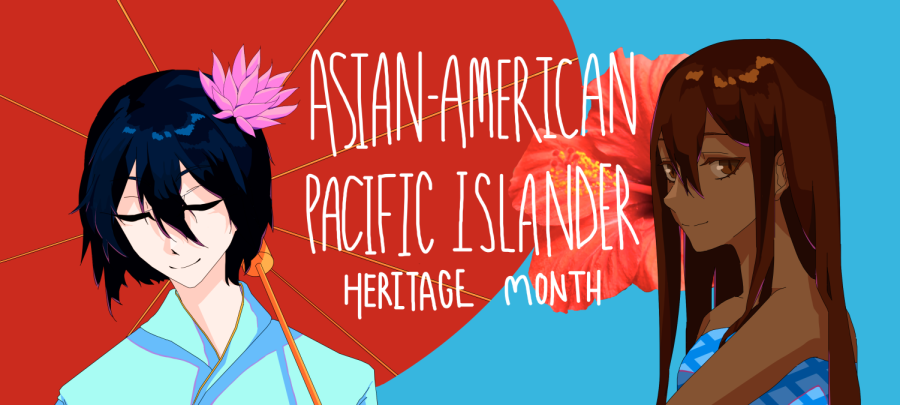Welcoming cultural differences with Asian American and Pacific Islander Heritage Month
Asian American and Pacific Islander Month celebrates diversity in both heritages
Asian American and Pacific Islander Heritage month, which takes place in May, originated as a way to celebrate the different ethnicities that make up the American nation. Asian culture is commonly seen appearing at the upper school, especially with the large Asian population of the Bay Area.
When Karina Chen (11) immigrated from Shanghai in fifth grade, she had the unique experience of remembering life before America, keeping in touch with her Chinese side as well as immersing herself in American culture. After living in various areas such as Massachusetts, Los Angeles and the Bay Area, she formed deep connections with her family through their shared heritage and traditions.
Asian American and Pacific Islander Heritage month, which takes place in May, originated as a way to celebrate the different ethnicities that make up the American nation. In 1990, Congress designated this month to commemorate the important milestones of the Asian community in America.
“It’s nice to have two perspectives to observe the difference [between Chinese and American culture],” Karina said. “But at the same time, it’s kind of sad to see how there’s such a big difference between these two ideologies.”
A tradition that is particularly celebrated among the Chinese American community is the Mid Autumn Festival, which is usually commemorated by eating dinner with family. In America however, the Asian community is often more isolated from the rest of their family and instead celebrates with more local means.
“After I came here [from China], there really wasn’t that big of a cultural theme or sense of family,” Karina said. “But we still sit down [and] we make dumplings together as a family.”
In addition to dumplings, Asian Americans commonly eat mooncakes with the circular shape of the delicacy symbolizing the fullness of the moon. Family members usually divide up the mooncakes into pieces in order to share it with each other.
Asian culture is commonly seen appearing at the upper school, especially with the large Asian population of the Bay Area. Specifically, on Multicultural Day, many of the booths represented different countries of Asia.
“I think the Multicultural Day that we had was a really great start for implementing different types of cultures, since we got to experience a lot of different cultures and traditions,” Sahngwie Yim (9), who identifies as Korean-American, said. “I think some other ways that Harker could implement more of my culture is … by posting information on Pacific Islanders during that month and then the same for Black History Month and other months as well.”
Upper school history and social science teacher Jonathan Rim, who immigrated to the U.S. from Korea as a child, believes that America is a place where multiple cultures can thrive together. As a result, he often blends American and Korean traditions when celebrating holidays.
“For Thanksgiving, instead of having a traditional turkey, quite often we would have a Korean meal or have both turkey and some Korean cuisine,” Rim said. “We do bring in lots of Korean traditions to New Year’s Day. Depending on the year, we might celebrate it on January 1 or follow it on the lunar calendar.”
Rim views America as a place where different cultures all have a place to thrive, contributing their own traditions and customs.
“If I had to pick [between Korean and American], I would identify myself as American,” Rim said. “But I disagree with that analogy [that America is a melting pot]. I think America is really like a salad. We all bring in different [cultures], and we don’t have to necessarily melt together to be one, but that we could bring our own uniqueness.”
Middle school history department chair Keith Hirota, who lived in Hawaii and identifies as Japanese American, reflects on his time as a resident and teacher alongside the native Pacific Islander population. He acknowledges the diverse ethnicities of Hawaii and how they are often overlooked in modern society.
“The great thing about Hawaii is it truly is a mixture of many different cultures, but if you live outside of that area, you may not even know anyone who is a Pacific Islander,” Hirota said. “If you take every culture here at Harker, there were at least a dozen more different ethnic groups at the school I taught at [in Hawaii].”
Additional reporting by Sarah Mohammed.
A previous version of this article included Aishani Singh and Sidak Sanghari as “additional reporters” rather than reporters with full byline. The article has been updated on June 6, 2022, to reflect the correction of this error.
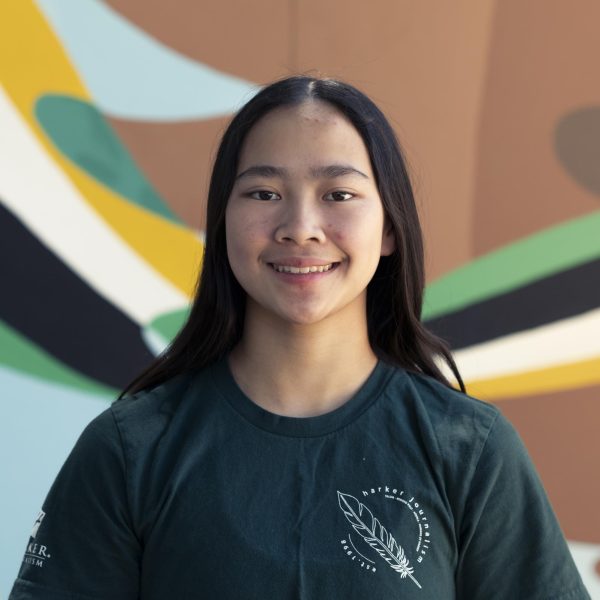
Isabella Lo (12) is a Managing editor for Harker Aquila, and this is her fourth year on staff. This year, she looks forward to learning more about multimedia...
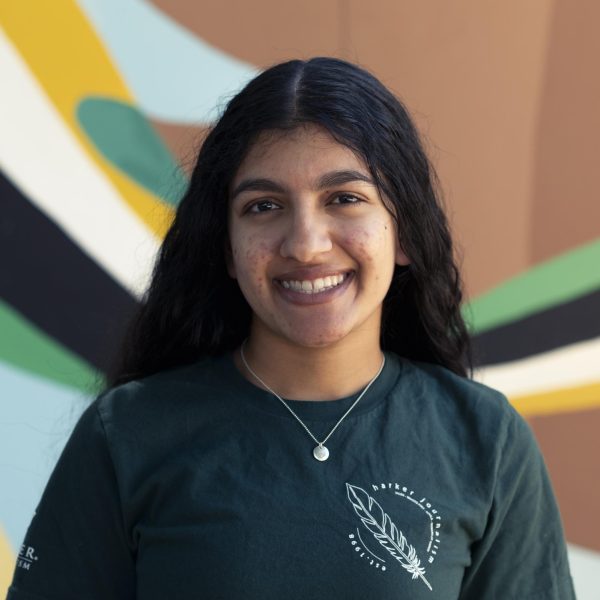
Sidak Sanghari (12) is an Editor-in-Chief of Humans of Harker, and this is her fourth year on staff. This year, she looks forward to honor the Class of...
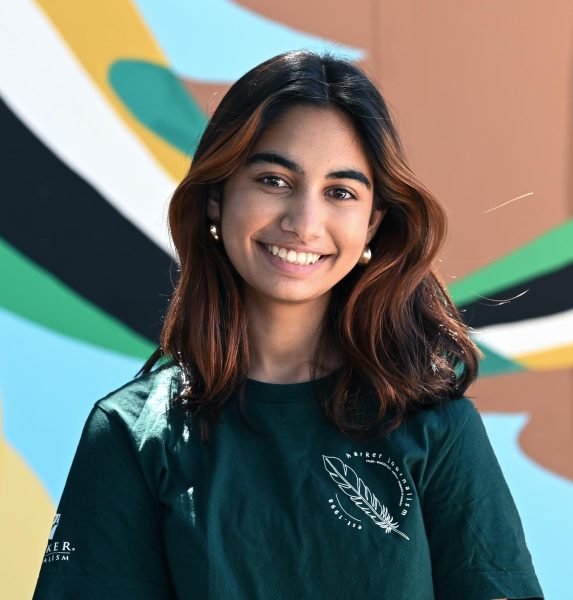
Aishani Singh (12) is a Managing editor for Harker Aquila, and this is her fourth year on staff. This year, she looks forward to interacting more with...
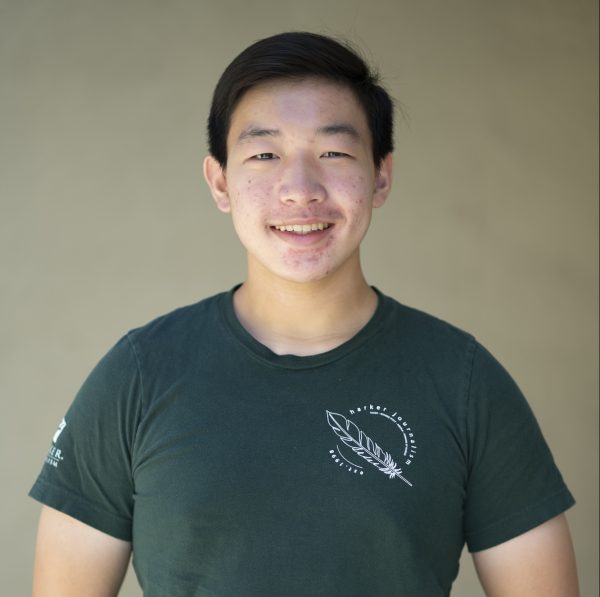
Edward Huang (12) is a co-managing editor for the Winged Post, and this is his fourth year on staff. This year, Edward wants to continue creating unique...
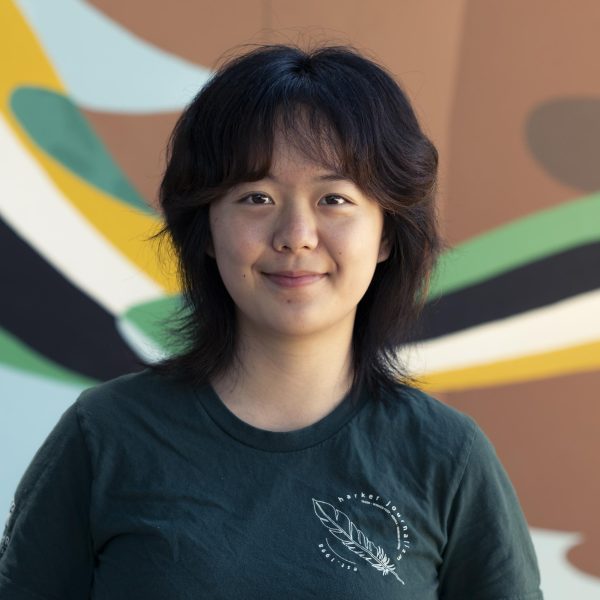
Jessica Wang (12) is a Managing editor for the Winged Post, and this is her fourth year on staff. This year, she wishes to cover a greater breadth of content...


















![“[Building nerf blasters] became this outlet of creativity for me that hasn't been matched by anything else. The process [of] making a build complete to your desire is such a painstakingly difficult process, but I've had to learn from [the skills needed from] soldering to proper painting. There's so many different options for everything, if you think about it, it exists. The best part is [that] if it doesn't exist, you can build it yourself," Ishaan Parate said.](https://harkeraquila.com/wp-content/uploads/2022/08/DSC_8149-900x604.jpg)




![“When I came into high school, I was ready to be a follower. But DECA was a game changer for me. It helped me overcome my fear of public speaking, and it's played such a major role in who I've become today. To be able to successfully lead a chapter of 150 students, an officer team and be one of the upperclassmen I once really admired is something I'm [really] proud of,” Anvitha Tummala ('21) said.](https://harkeraquila.com/wp-content/uploads/2021/07/Screen-Shot-2021-07-25-at-9.50.05-AM-900x594.png)







![“I think getting up in the morning and having a sense of purpose [is exciting]. I think without a certain amount of drive, life is kind of obsolete and mundane, and I think having that every single day is what makes each day unique and kind of makes life exciting,” Neymika Jain (12) said.](https://harkeraquila.com/wp-content/uploads/2017/06/Screen-Shot-2017-06-03-at-4.54.16-PM.png)








![“My slogan is ‘slow feet, don’t eat, and I’m hungry.’ You need to run fast to get where you are–you aren't going to get those championships if you aren't fast,” Angel Cervantes (12) said. “I want to do well in school on my tests and in track and win championships for my team. I live by that, [and] I can do that anywhere: in the classroom or on the field.”](https://harkeraquila.com/wp-content/uploads/2018/06/DSC5146-900x601.jpg)
![“[Volleyball has] taught me how to fall correctly, and another thing it taught is that you don’t have to be the best at something to be good at it. If you just hit the ball in a smart way, then it still scores points and you’re good at it. You could be a background player and still make a much bigger impact on the team than you would think,” Anya Gert (’20) said.](https://harkeraquila.com/wp-content/uploads/2020/06/AnnaGert_JinTuan_HoHPhotoEdited-600x900.jpeg)

![“I'm not nearly there yet, but [my confidence has] definitely been getting better since I was pretty shy and timid coming into Harker my freshman year. I know that there's a lot of people that are really confident in what they do, and I really admire them. Everyone's so driven and that has really pushed me to kind of try to find my own place in high school and be more confident,” Alyssa Huang (’20) said.](https://harkeraquila.com/wp-content/uploads/2020/06/AlyssaHuang_EmilyChen_HoHPhoto-900x749.jpeg)



